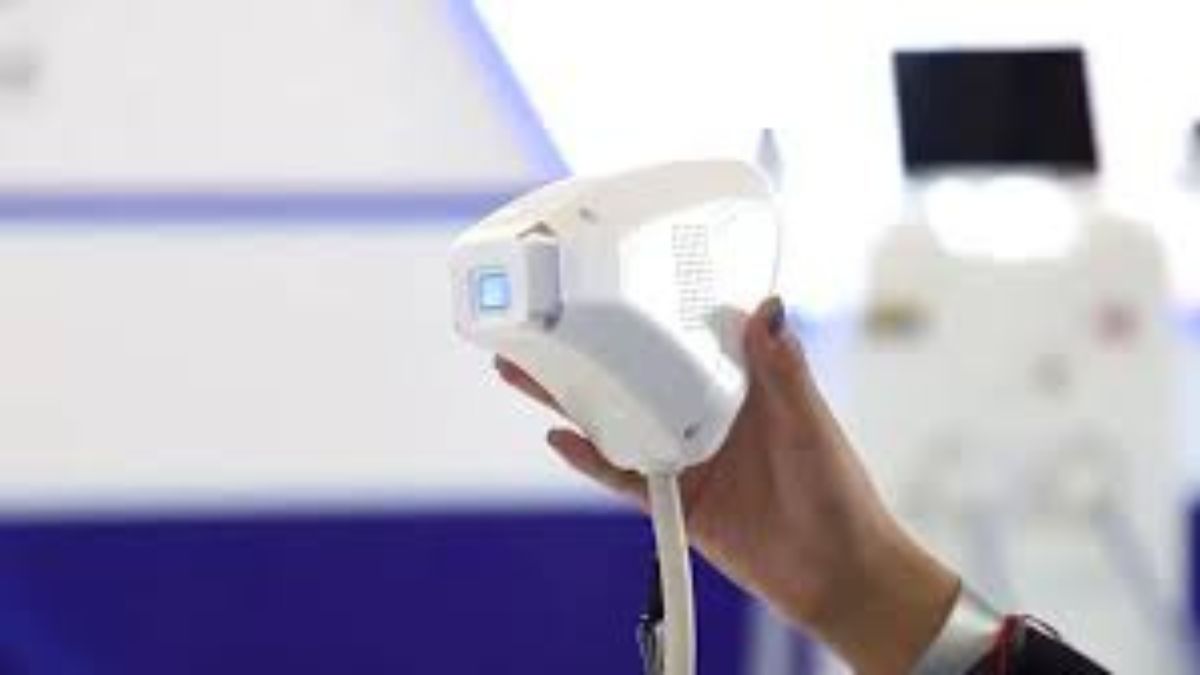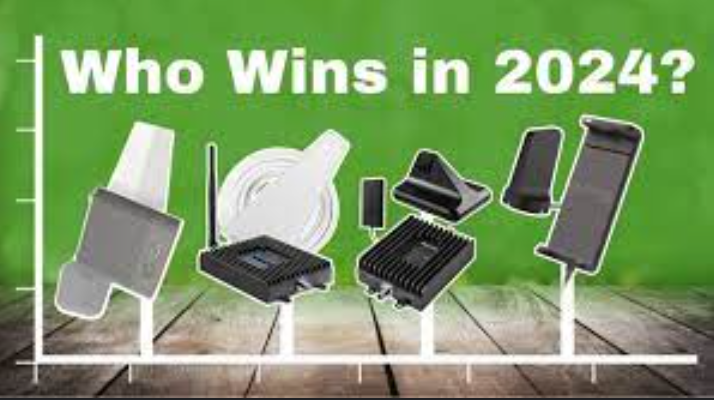
Are you experiencing a meltdown with your diode hair removal laser machine? Don’t get discouraged yet! Whether you are a seasoned professional or someone using a home device, a malfunctioning laser can disrupt your schedule, disappoint clients, and even pose safety risks.
Knowing how to address basic troubleshooting steps empowers you to effectively deal with minor issues. Plus, you can prevent those pesky issues from turning into major headaches. This guide presents you ways to fix issues that a faulty diode laser hair removal machine can encounter.
But before delving into the nitty gritty of machine troubleshooting, here is what you may want to know:
How Diode Laser Hair Removal Machines Work?
Understanding the mechanism of laser hair removal ensures proper maintenance of the machine. Here is how laser works:
- Targets the Root Cause: The hair follicles contain pigment called melanin. The laser emits a concentrated beam of light and gets absorbed by this melanin.
- Heating: When the melanin absorbs the laser light, it converts that light energy into heat. This heat damages the hair follicle’s growth center. This means the follicle is unable to produce new hair.
- Specificity is Key: A properly functioning laser targets melanin without harming surrounding skin. This is why optimal machine performance is crucial. A malfunctioning laser might deliver uneven heat. This will lead to burns or ineffective hair removal.
- Multiple Treatments, Lasting Results: Hair growth follows a cycle. Laser treatments typically target hair in its active growth phase. It is important to undergo multiple sessions to catch hairs at the right stage and achieve long-lasting results.
A well-maintained diode hair removal laser machine delivers precise heat to hair follicles. This minimizes the risk of side effects and maximizes the chances of achieving smooth skin.
Environmental Considerations
A diode laser hair removal machine performs best in a cool, well-ventilated environment. Make sure you follow the protocols to ensure the machine delivers optimal results. Keep the following things in mind:
- Heat is the Enemy: Diode hair removal laser machines generate heat during operation. Proper air circulation helps dissipate this heat. By placing your machine in a cool environment, you can prevent overheating and potential damage to internal components.
- Location: Direct sunlight is an enemy to your machine. Never place it in direct sunlight or cramped spaces with poor air circulation. Aim for a comfortable room temperature with good airflow.
- Storage Matters: Extreme temperatures, hot or cold, can be detrimental to your machine’s lifespan. Do not store it in unheated garages during winter or sweltering attics in summer. Opt for a cool, dry place with moderate temperatures.
By keeping your machine cool and comfortable, you ensure it functions optimally and stays your reliable partner in achieving smooth, hair-free results.
Why Is It Important to Troubleshoot Common Diode Laser Hair Removal Machines Issues?
No matter how efficient your laser hair removal device is, it may still encounter occasional hiccups. We bet peak performance is of utmost importance. A well-calibrated machine is consistent in performing the laser work without disruption. It leads to successful hair removal, reducing the need for additional sessions. Troubleshooting empowers you to identify potential issues early on. Thus, you can prevent them from impacting treatment efficacy.
Diode laser machines should function properly. Troubleshooting ensures that all safety features are working as intended. This minimizes the risk of burns or unintended side effects.
Downtime due to glitches translates to lost revenue for professionals and wasted time for home users. Basic troubleshooting knowledge can help minimize disruptions to your schedule.
What Are the Common Diode Hair Removal Laser Machine Issues?
It’s best to be aware of the common issues that an equipment can encounter. Here are the most common issues you might face and how to troubleshoot them:
Power Issues:
- Symptoms: The machine won’t turn on, or the display remains blank.
- Troubleshooting: First, check if the machine is securely plugged in. Ensure you are using the correct power supply and outlet. If the issue persists, consult the user manual or seek professional help.
Cooling System Issues:
- Symptoms: The machine might overheat or shut down unexpectedly. You might also hear unusual noises from the cooling fan.
- Troubleshooting: Check the air vents for dust buildup and clean them gently. Ensure proper room ventilation around the machine. If the issue persists, it could indicate a malfunctioning cooling system. This means it needs professional intervention.
Laser Function Issues:
- Symptoms: The laser might not fire, or there might be a weak laser output in the machine.
- Troubleshooting: Verify that all cables are securely connected, especially the applicator handpiece. Check the user manual for proper operation procedures and cleaning instructions for the applicator.
Error Messages:
- Symptoms: The machine displays an error code that is beyond your understanding.
- Troubleshooting: Most diode hair removal laser machines have a user manual with a section dedicated to interpreting error codes. Consult the manual to identify the specific issue and any recommended solutions. You may call in professionals if the solution is unclear.
Connection Issues:
- Symptoms: The machine might not function properly due to loose or faulty connections between the applicator handpiece, control panel, and power source.
- Troubleshooting: Visually inspect all cables for damage or fraying. Ensure all connections are secure and pushed in firmly. Refer to the user manual for proper cable connections specific to your machine. Check if professional cable replacement is necessary.
Power Loss and Brownout:
- Symptoms: The machine might shut down unexpectedly during operation, or experience fluctuations in power.
- Troubleshooting: First, verify a secure connection to the power outlet. Check for any tripped breakers or blown fuses. If you suspect a brownout (temporary voltage drop), consider using a surge protector to safeguard the machine from future fluctuations.
Loose Belts and Motor Pulleys:
- Symptoms: This issue is more common in professional machines with handpieces that have moving parts. You might hear unusual noises or experience decreased power output.
- Troubleshooting: Consult the user manual for specific maintenance instructions related to belts and pulleys. These components might require periodic tightening or replacement, which is typically a task for a qualified technician.
Weak Laser Output:
- Symptoms: The machine seems to be functioning normally, but hair removal results are less effective than usual.
- Troubleshooting: Check the user manual for recommended cleaning procedures for the applicator handpiece. Dirt or debris buildup can affect laser output. Ensure you are using the correct settings for your desired treatment.
Laser Firing During Travel:
- Symptoms: This is a safety concern specific to professional machines with handpieces that have a “safety trigger” to prevent accidental laser firing during transport or storage.
- Troubleshooting: Consult the user manual for proper handling and storage procedures for the handpiece. Ensure the safety trigger is engaged during transport to prevent accidental laser firing.
Grounding Issues:
- Symptoms: This is a less common issue, but it can manifest in various ways, like erratic machine behavior or tingling sensations during treatment.
- Troubleshooting: Ensure the machine is plugged into a properly grounded outlet. If you suspect a grounding issue, consult a qualified electrician to verify the outlet’s functionality and safety.
By staying informed and proactive, you can keep your diode hair removal laser machine running smoothly and achieve optimal results.
Final Thoughts
By familiarizing yourself with common troubleshooting techniques and prioritizing preventative maintenance, you can empower yourself to keep your diode hair removal laser machine at its best.
Hopefully, with the troubleshooting tips mentioned in the guide, you can troubleshoot common issues with confidence. For any complex issues, consulting a qualified technician is your best bet.








































